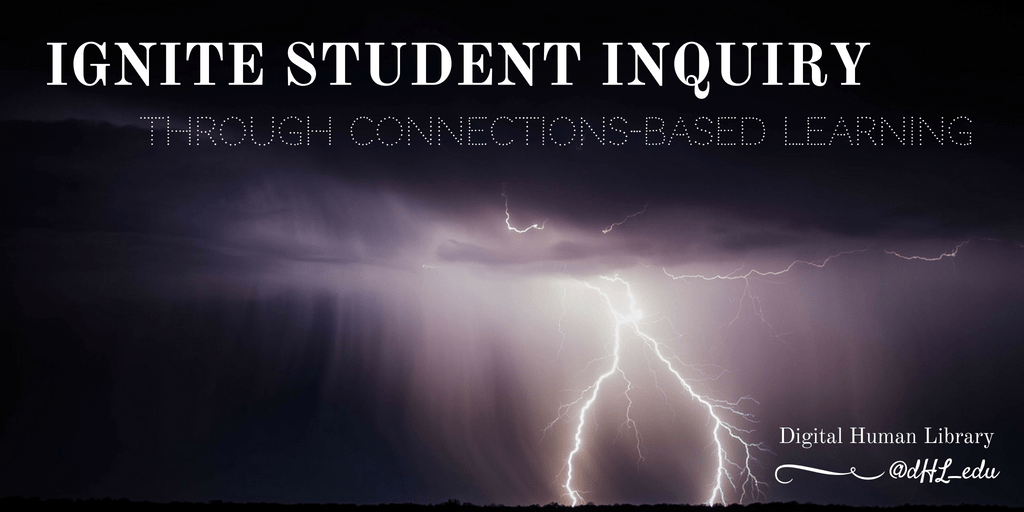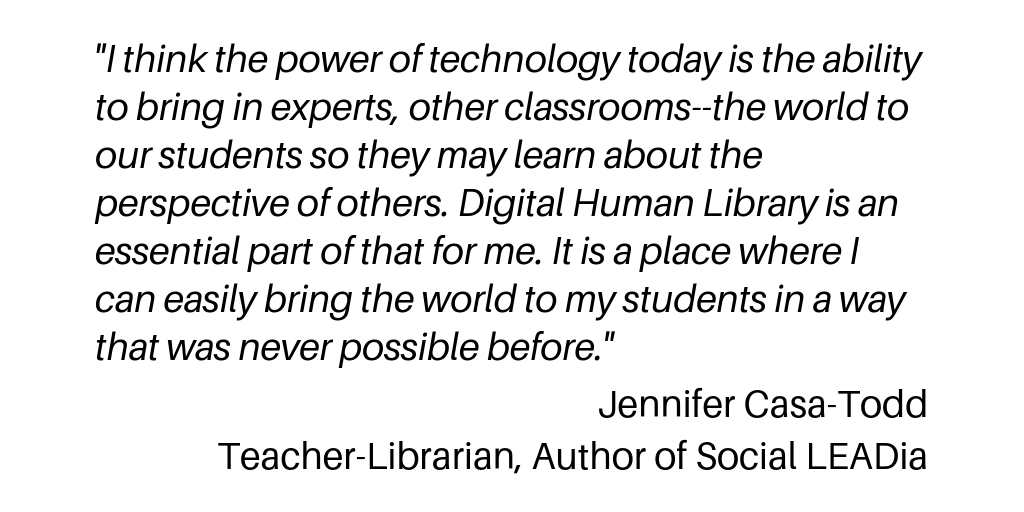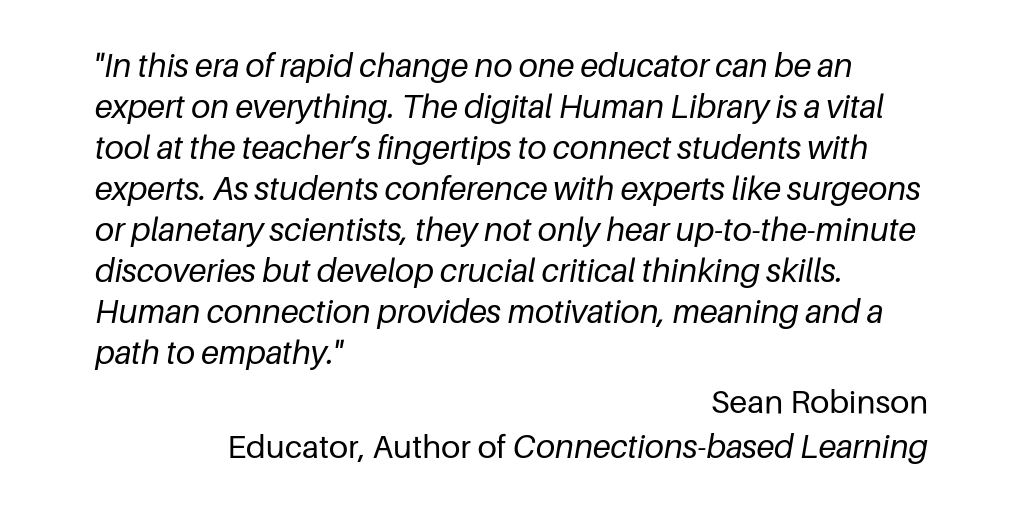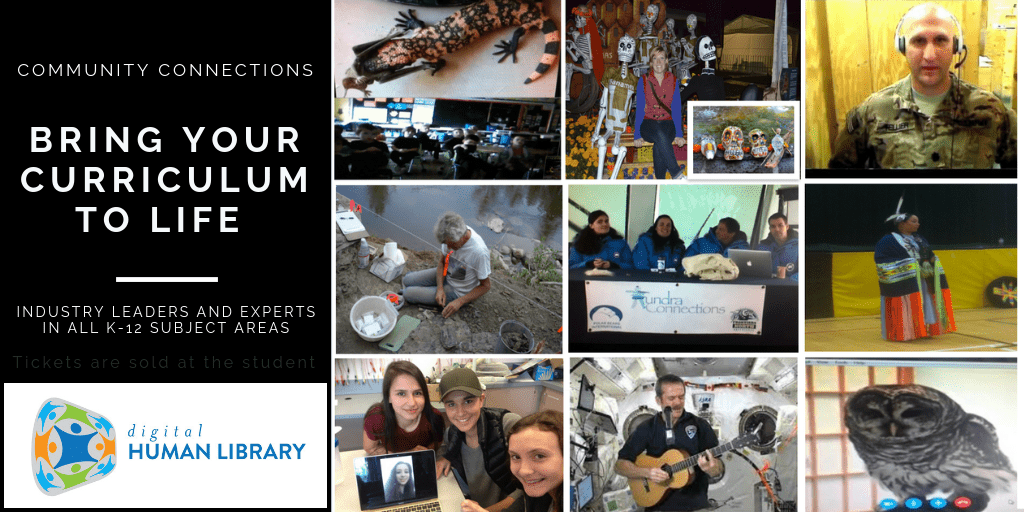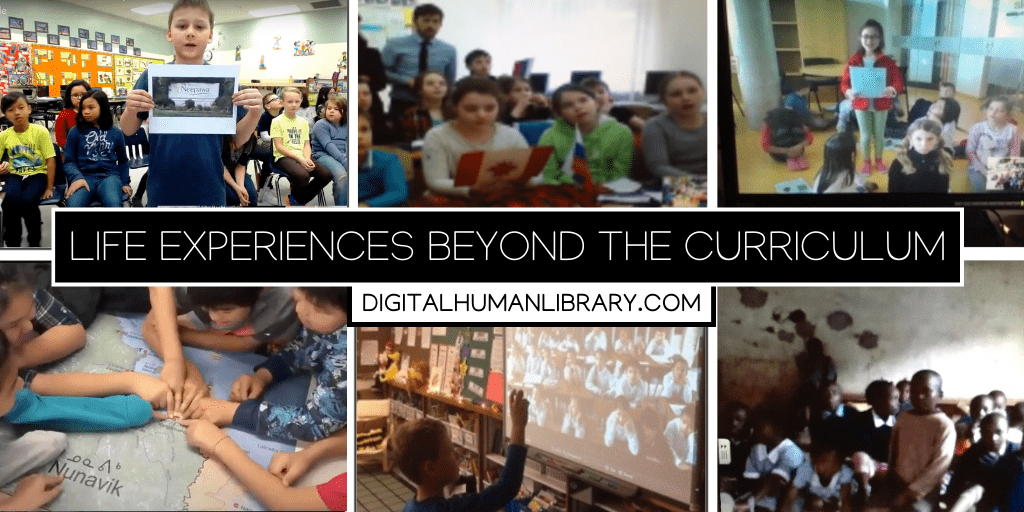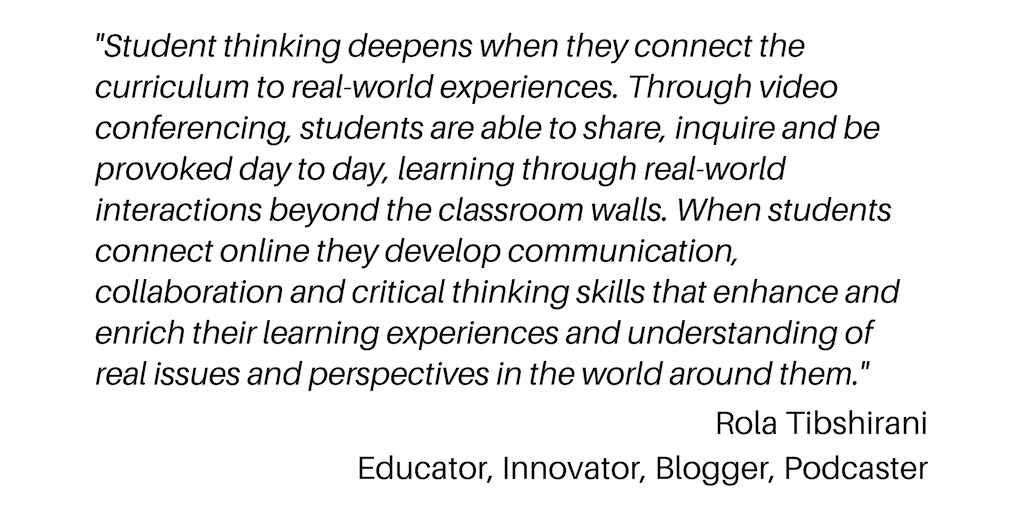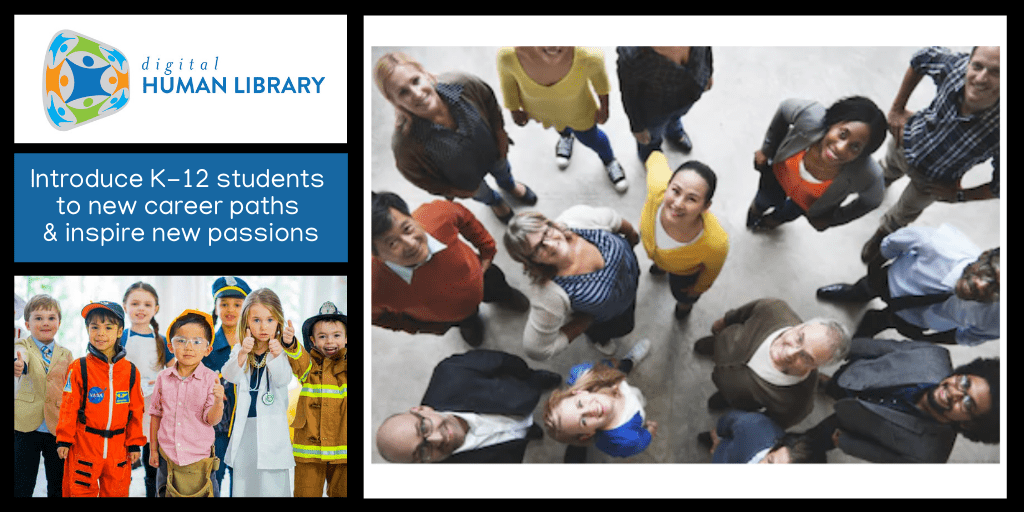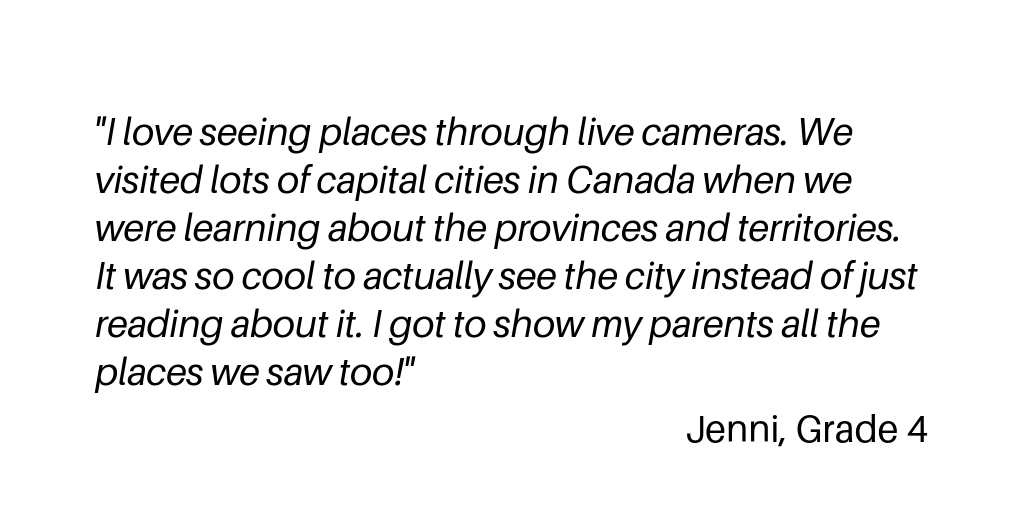My colleagues and I are currently working on a project that is moving our students closer to 1-1 learning, with each pair of students sharing a tablet on a daily basis.

The focus of our Technology Learning Community is to integrate digital literacy into all subject areas by teaching our students how to blog, as well as create digital portfolios. We strongly believe that through this learning process we can reach every student, with a focus on creativity, communication, collaboration, critical thinking, and problem solving (4C’s & P), and by aligning our focus with the Ontario School Effectiveness Framework support document to further develop the skills of the 21st century learner.
Literacy
 As literacy is the basis of the 21st century learner, we are focused on ensuring that all students are able to read and write. This project will not only promote active writing and reading for our students, but it will give them an opportunity to connect with one another, while also increasing engagement in the writing process by writing for a global audience. Journal writing is an element that is often used in many classrooms, but due to the lack of opportunity to easily share with others, the person the student writes to most often is the teacher. By using Edublogs , students are able to share their writing easily with one another, staff, and a global community. Through the process of writing initial posts, commenting, responding, and sharing, the student continuously works on their literacy skills, as opposed to a simple back and forth between teacher and student. Over time we should see an improvement in our students’ “traditional” literacy skills.
As literacy is the basis of the 21st century learner, we are focused on ensuring that all students are able to read and write. This project will not only promote active writing and reading for our students, but it will give them an opportunity to connect with one another, while also increasing engagement in the writing process by writing for a global audience. Journal writing is an element that is often used in many classrooms, but due to the lack of opportunity to easily share with others, the person the student writes to most often is the teacher. By using Edublogs , students are able to share their writing easily with one another, staff, and a global community. Through the process of writing initial posts, commenting, responding, and sharing, the student continuously works on their literacy skills, as opposed to a simple back and forth between teacher and student. Over time we should see an improvement in our students’ “traditional” literacy skills.
Numeracy
 When we give opportunities for students to learn math in an authentic and relevant way, students are able to solve problems in a meaningful way. Students do not only need to be able to solve problems, but they also need to take real life situations and create problems to further understanding. While students are often able to write problems using the blogging platform, it is also extremely helpful for students to be able to share their learning through audio and video media websites. These learning opportunities offer students concrete experiences that highlight the steps of the problem solving process. Students are also able to create and share resources that will help them further extend their learning, as they build resources of work that are influential in their own growth.
When we give opportunities for students to learn math in an authentic and relevant way, students are able to solve problems in a meaningful way. Students do not only need to be able to solve problems, but they also need to take real life situations and create problems to further understanding. While students are often able to write problems using the blogging platform, it is also extremely helpful for students to be able to share their learning through audio and video media websites. These learning opportunities offer students concrete experiences that highlight the steps of the problem solving process. Students are also able to create and share resources that will help them further extend their learning, as they build resources of work that are influential in their own growth.
Digital Citizenship
Based on my research digital citizenship can be defined as the norms of appropriate, responsible behaviour with regard to technology use. Our Technology Learning Community is focusing on the following themes:
1. Digital Access: full electronic participation in society.
2. Digital Communication: electronic exchange of information.
3. Digital Literacy: process of teaching and learning about technology and the use of technology.
4. Digital Etiquette: electronic standards of conduct or procedure.
5. Digital Rights & Responsibilities: those freedoms extended to everyone in a digital world.
6. Digital Health & Wellness: physical and psychological well-being in a digital technology world.
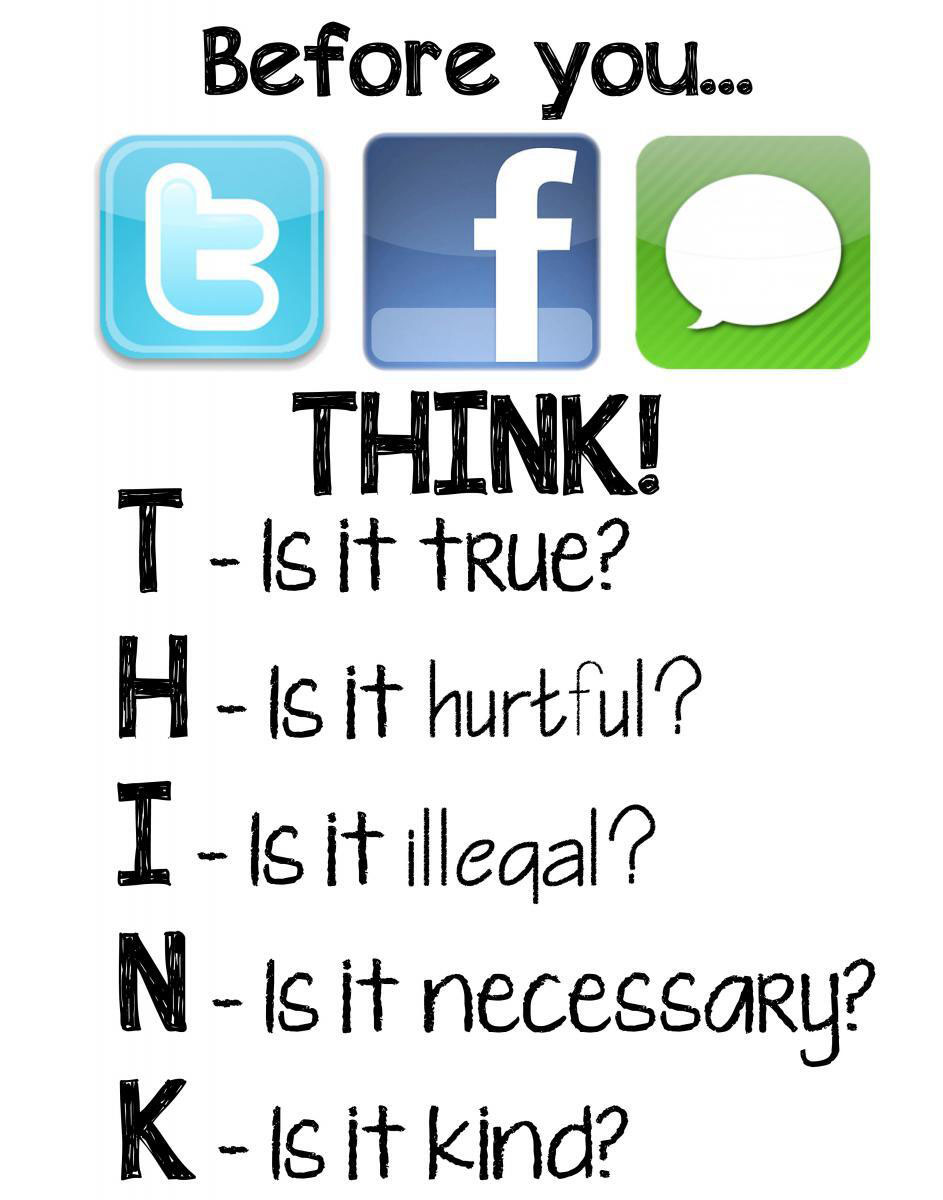 To teach the themes of digital citizenship, we will focus on teaching students to respect themselves and others (access, ettiquette), educate themselves and connect with others (communication, literacy), and to protect themselves and others (rights and responsibilities, safety, health and wellness). To learn more about teaching digital citizenship please visit:
To teach the themes of digital citizenship, we will focus on teaching students to respect themselves and others (access, ettiquette), educate themselves and connect with others (communication, literacy), and to protect themselves and others (rights and responsibilities, safety, health and wellness). To learn more about teaching digital citizenship please visit:
Digital Citizenship: Using Technology Appropriately
Digital Citizenship: Common Sense Media
5 Videos to Teach Your Students About Digital Citizenship
BYOD
My class is piloting the BYOD program this year. Families who are interested in providing tablets for their children to use in the classroom are welcome to do so. However there are several things that schools and parents must consider before making these choices. And facilitating a BYOD program in a school is a much more complex process, depending on the number of students bringing devices and the number of available school owned devices for loan. To read more about my school board’s BYOD policy, please see the attached AMDSB BYOD Administrative Procedures:
161_BYOD Bring Your Own_Device
161B_BYOD_Considerations Prior To Implementation
161C_BYOD_Student Permission Form
161D BYOD Staff User Agreement
In addition to the the BYOD Administrative Procedures, our Technology Learning Community carefully reviewed the following Administrative Procedures prior to beginning our project:
110 – Websites and Social Media
140 – Computers Acceptable Use and Security
320 – Use of Electronic Devices by Students
330 – Media and Website Notifications and Permissions
Keene was right when he said “teachers have a significant role to play in showing students the right ways of dealing with technology.” In the AMDSB, our Technology Learning Community is committed to teaching students the 21st century skills they need to be successful.
“The future is tablets.”
Leigh Cassell
Elementary Teacher, AMDSB
Founder of the Digital Human Library
View my full project proposal here: Technology Learning Community – Digital Portfolio Project: Blogs as Portfolios
This post is also available in: Français (French)


